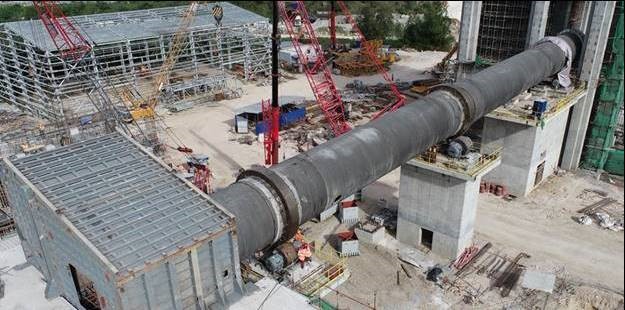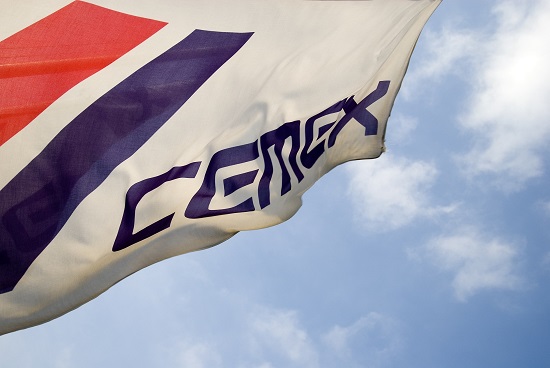
The global building material giant has supplied nearly 70,000 tonnes of cement for the construction of the CebuCordova Link Expressway (CCLEX), a milestone project for the country.
CCLEX connects Cebu City to the municipality of Cordova on Mactan Island and spans a total of 8.9kms standing on twin tower pylons reaching 145m in height. The bridge, which opened to traffic in 2022, is expected to provide a safer and more efficient route for approximately 50,000 vehicles every day, seeking to improve the quality of life for residents of the area.
“CEMEX has been a proud contributor to the development of the Philippines for over a century, and our participation in CCLEX is further proof of our commitment to the country,” said Luis Franco, President of CEMEX in the Philippines. “Projects such as this modernize the country and foster the wellbeing of its residents. Improving the quality of life of the citizens of our communities sits at the core of our purpose: to build a better future.”

In the Philippines, CEMEX partners with over 20 public and private entities to support waste management efforts, using waste that would otherwise go to municipal landfills or water systems as an alternative to fossil fuels at its cement plants. Its Solid cement plant was recently recognized with the Award in Exemplary Operations in Small Scale Waste-to-Energy Operations by the Department of Environment and Natural Resources. At its APO cement plant, CEMEX recently commissioned a 4.5MW heat recovery facility that converts excess heat from the cement production process and converts it to electricity.
These efforts align with CEMEX’s Future in Action program, designed to reach carbon neutrality by 2050. By 2030, the company expects to reduce its carbon footprint in cement production globally by 40%.













